Navigating the world of continuous insulation
September 20, 2025 at 3:00 p.m.By Emma Peterson.
Learn how contractors are tackling insulation installations with thorough preparation and innovative products.
Traditionally, when insulating roofs and walls, a method called cavity insulation was used, which is a technique where contractors fit pieces of insulation in between struts and beams. However, today’s contractors have a more efficient method of insulating called continuous insulation. This is a style of insulation that covers all the structural elements in a building, creating a more secure building envelope. To learn more about this type of insulation and the methods of installing it, Megan Ellsworth sat down with JR Babineau, senior research manager for building sciences at Johns Manville, in an episode of Roofing Road Trips®.
JR explained that the biggest challenge for contractors making the switch to continuous insulation is converting digital layouts to practical applications in real life. He shared, “I think the biggest challenges, at least that I hear about, are the ones in the field. It's simple on paper or on a computer screen to say, ‘Okay, well, I'm going to do these four layers and this is my awesome building envelope and so forth.’ And then we try to marry that to the complexities of the building in the field and usually that's where problems rear their head.”
An example of this type of challenge is trying to fit continuous insulation into a construction sequence that requires integration. JR explained, “It's important that CI get integrated with your other elements... In particular, you have to be careful with cladding attachment systems because they often use steel Z-girts. If it’s done in the wrong order, adding those Z-girts is effectively adding another steel stud that goes through your continuous insulation, making it not so continuous anymore.”
The solution for issues like this is taking more time and budget for the planning phase. Things like mockups, in the office and in the field, can make a world of difference when it actually becomes time to install insulation on a project. JR elaborated on what these mockups do. He explained, “A mockup lets you deal with all those issues around constructability and sequencing before you hit the 11th hour. You can even do performance testing on the mockup with things like rain spray and air leakage.”
Read the transcript or Listen to the episode to learn more about working with continuous insulation.
Learn more about Johns Manville in their Coffee Shop Directory or visit www.jm.com.

About Emma
Emma Peterson is a writer at The Coffee Shops and AskARoofer™. Raised in the dreary and fantastical Pacific Northwest, she graduated in 2024 from Pacific University in Oregon with a degree in creative writing and minors in graphic design and Chinese language. Between overthinking everything a little bit, including this bio, she enjoys watching movies with friends, attending concerts and trying to cook new recipes.
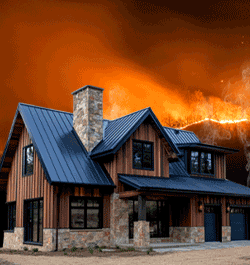












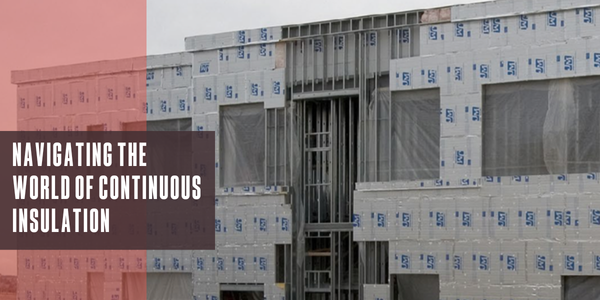

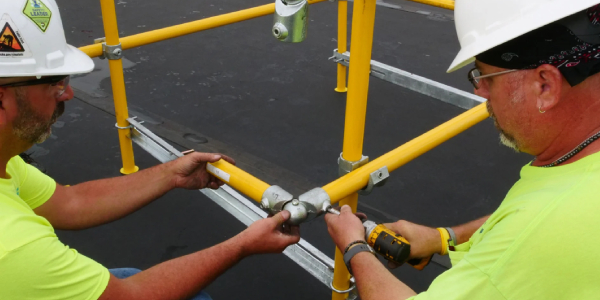
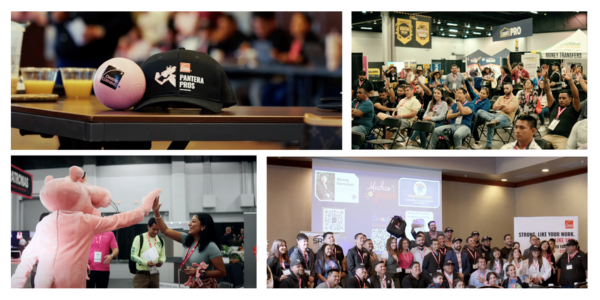


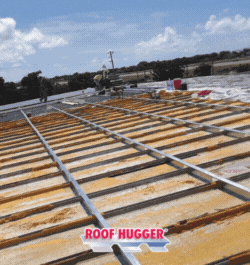
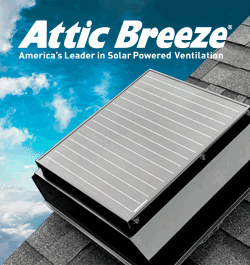



Comments
Leave a Reply
Have an account? Login to leave a comment!
Sign In